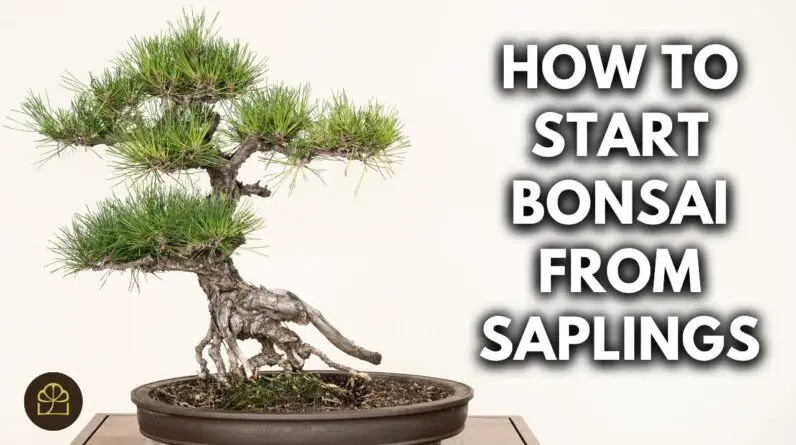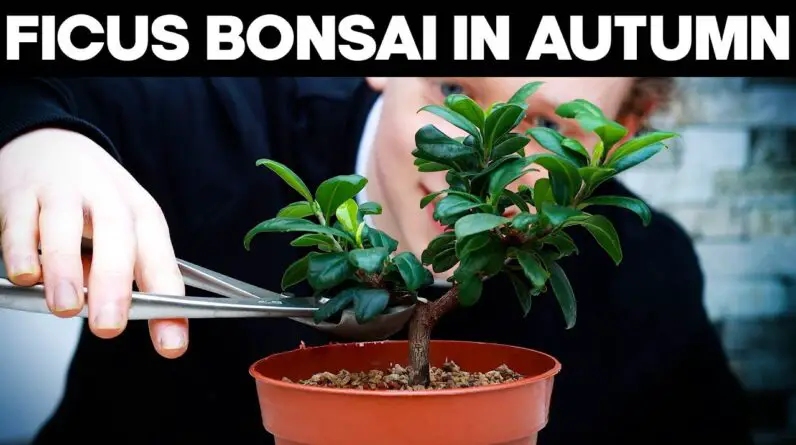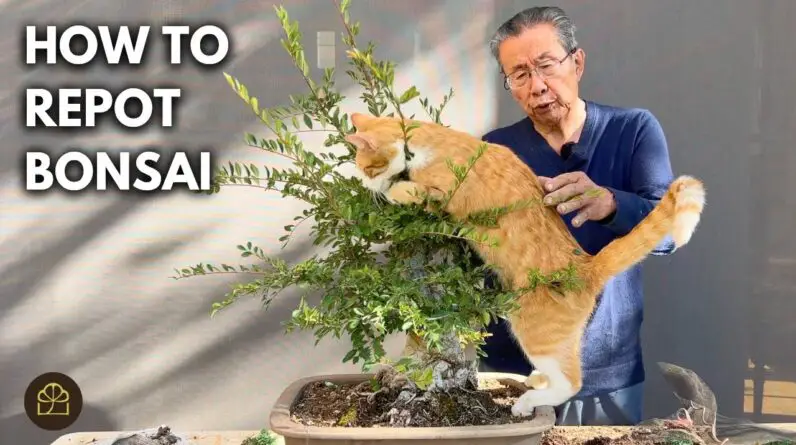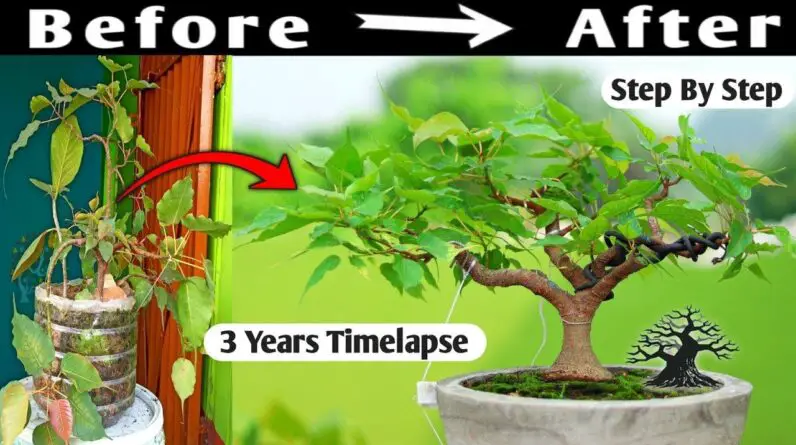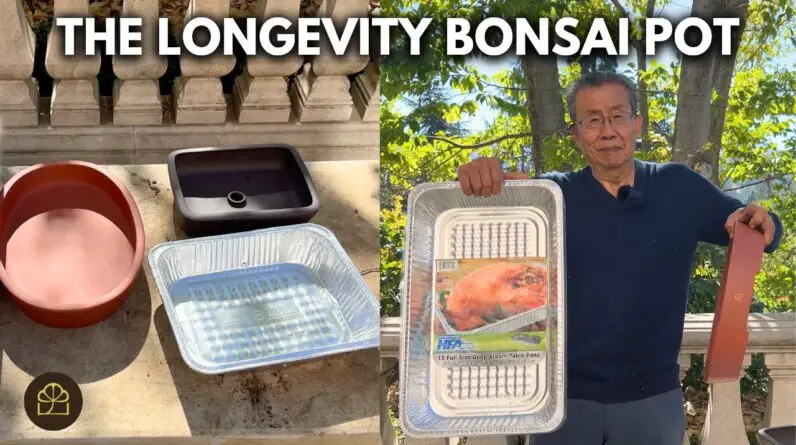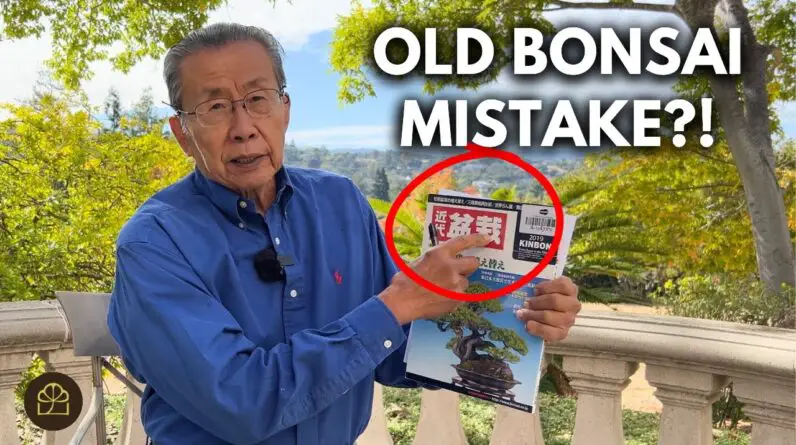Growing bonsai trees can be a rewarding and pleasurable hobby, but it does call for a certain amount of expertise and know-how. The following are some factors to be aware of when developing a bonsai:

Choose the appropriate species:
It’s important to choose a bonsai species that thrives in the habitat and growing conditions of your location because different bonsai species require varied amounts of care. While certain species, like juniper or pine, are more tolerable and easier to manage, others, like the cherry blossom or gardenia, may be pickier and require more attention.
The majority of bonsai trees need a lot of light to grow, so it’s important to choose a site with some exposure to the sun. Usually, a patio door or a sunny windowsill are good choices. If you position your bonsai in an area where it will receive excessive direct sunlight, the leaves may burn or wilt.
Water frequently: Compared to outdoor trees, bonsai plants need more frequent watering since their root systems are more constrained. When watering your bonsai when the soil feels dry to the touch, use a watering can or hose with a thin spray to avoid upsetting the soil.
To keep your bonsai tree in the shape you want, constant pruning is a must. Bonsai trees are cultivated to take on a specific form. Use bonsai trimming tools to reduce extra growth and maintain the proper shape of your tree.
Fertilize your bonsai tree; as bonsai plants don’t have extensive root systems, they may need additional nutrients to encourage growth. Use a balanced fertiliser made specifically for bonsai plants, and follow the guidelines on the package when applying it.
Repot your bonsai: It’s important to do this frequently because bonsai trees eventually outgrow their containers. To guarantee proper drainage, a slightly larger container and bonsai soil mix should be utilised.
By following these basic guidelines, you may promote the growth of your bonsai tree and enjoy the beauty and tranquilly of this unique and ancient art form.
When growing a bonsai, keep the following things in mind as well:
Pick the right pot: Just as important as picking the perfect soil combination is picking a vessel that is appropriate for your bonsai tree. Because they come in a range of shapes, sizes, and materials, the right pot for your bonsai tree can enhance its aesthetic appeal. Consider the size of your tree as well as the form, colour, and texture of the pot when choosing one.
Because bonsai trees are prone to diseases and pests just like other plants, keep them away from them. To protect your tree, keep an eye out for common pests like aphids, scale, and mealybugs and take fast action if you notice any. When using a pesticide created especially for bonsai to fight pests, use caution when applying any chemicals to your tree and always adhere to the instructions on the container.
Pay attention to the seasons since depending on the climate and lighting, bonsai trees may require different upkeep throughout the year. In the winter, your bonsai may need less water and fertiliser than in the summer. To maintain your tree happy and healthy, pay attention to it and adjust your care as necessary.
Learn from others: Since bonsai gardening has long been considered an art form, there is a lot of knowledge that bonsai enthusiasts can impart. Consider joining a club or group for bonsai aficionados if you want to learn more about bonsai gardening, or look for a mentor or tutor. There are also a tonne of books and online tools available to help you get started and develop your talents.
By keeping these extra factors in mind, you can take the finest care of your bonsai tree and enjoy the beauty and serenity of this unique and historic art form for many years to come.


